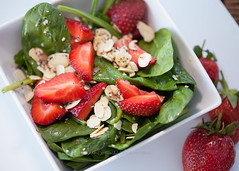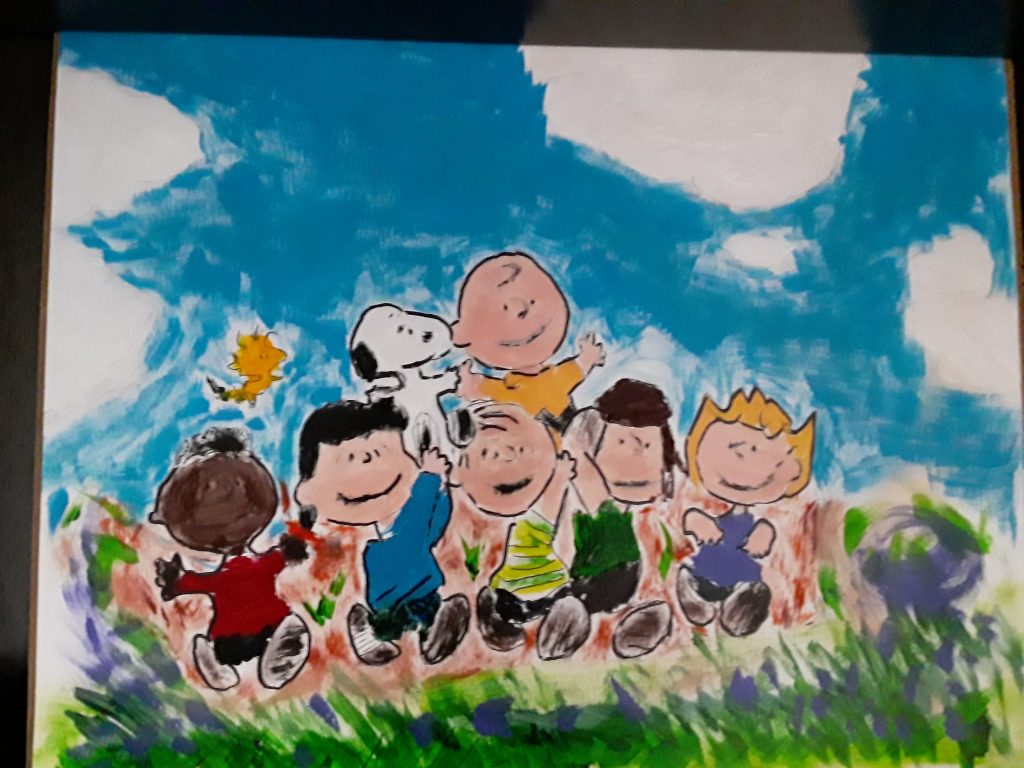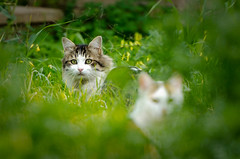What are we to do with ourselves during this corona virus lockdown? Sometimes we face tough decisions of whether to take a risk or not in leaving the house- a grocery trip or an essential medical appointment. A few weeks back churches all over the country made tough decisions about whether to hold worship or not. Some met for worship in person, and others opted for online meeting opportunities. By last Sunday the decision was made for us. Staying home from all public gatherings was a mandate of the government, a part of obeying the 4th commandment to listen to government authorities. We are to continue to follow government authorities unless the authority is against the proclamation of Christ- in which case we must obey God rather than man. Now that the decision is made for us whether to stay home or be about in public- what is a person to do with the extra amount of time home bound?
In the last few weeks I have been speaking with people in counseling contexts about how to think of their current situation and often, how to make the best out of it. In my own family I have experienced day by day a progression of forming new routines in an entirely new chapter in American history (one we hope is temporary).
Here are some thoughts and experiences of mine of how to make the best use of the time: (Ephesians 5:15-16) “Look carefully then how you walk, not as unwise, but as wise, making the best use of the time, because the days are evil.” My perspective is that more routine is better than less in dealing with difficult periods of isolation.
One: Prayer for our nation, prayer for our churches
Consider setting aside somewhat specific times in the day and week where you can be more routine in prayer than you might be with a busy work or family life schedule. In our time of need we come to our Father in prayer knowing our prayers are heard.
Two: Specific goals for your own life journey of reading the scripture. In addition to extra time almost all of us have at present, opportunities for online devotionals and worship services or podcast Bible Studies are numerous right now. www.issuesetc.org provides an excellent variety of experts on topics of theology and Christian applications to cultural issues. www.cph.org provides currently free downloads for Bible studies. www.lutheranpublicradio.org provides free sacred music 24 hours a day. Hearing the Word proclaimed form others is the closest we can have to hearing God’s Word in worship. Routine in hearing God’s Word can come in the form of a day by day reading plan.
Three: Stick with routines in daily life. Try to get up at a similar time and not oversleep in the morning due to discouragement. Consider a schedule of daily chores and if there are old interests of yours to renew like reading, crafts, art work (with what supplies you may still have around the house.)
Four: Nutrition goals. Since trips to a grocery store are a slight risk, making good use of the food we have and not wasting or over eating just feels right.
Five: Exercise. Walking, running, or cycling may be possible in your neighborhood to a certain degree without risking spread of disease. Inside the home workout videos, yoga, or other disciplines of strengthening your body are available on Youtube.
Six: For those in family contexts, this is an ideal time to work on relational growth goals through the art of intentional conversations. Take this time to grow in your appreciation for each family relationship. Explore what organization and structure as family can be sharpened. For those with vocations of living alone, consider what opportunities you have for reaching out and caring for others through phone calls
Seven: Introspection. Consider taking time for journaling where you can ground your feelings, become more aware of what you are feeling, reevaluate old routines and clarify your goals for new priorities. Think critically about what routines have been like in your life and in our culture and what may perhaps change in your life when America “opens up again.”
Eight: Distractions and breaks from news. Take time for entertainment or reading pursuits, listening to music, organizing parts of your living space.
Nine: Home improvement projects/ things you have been putting off (again if you have the materials already).
Ten: Seek to learn a new skill. Through online research there are bound to be some things you don’t know how to do and that you can learn for now or the future (homemade food recipe, art technique, gardening technique, furniture decorating strategies)








